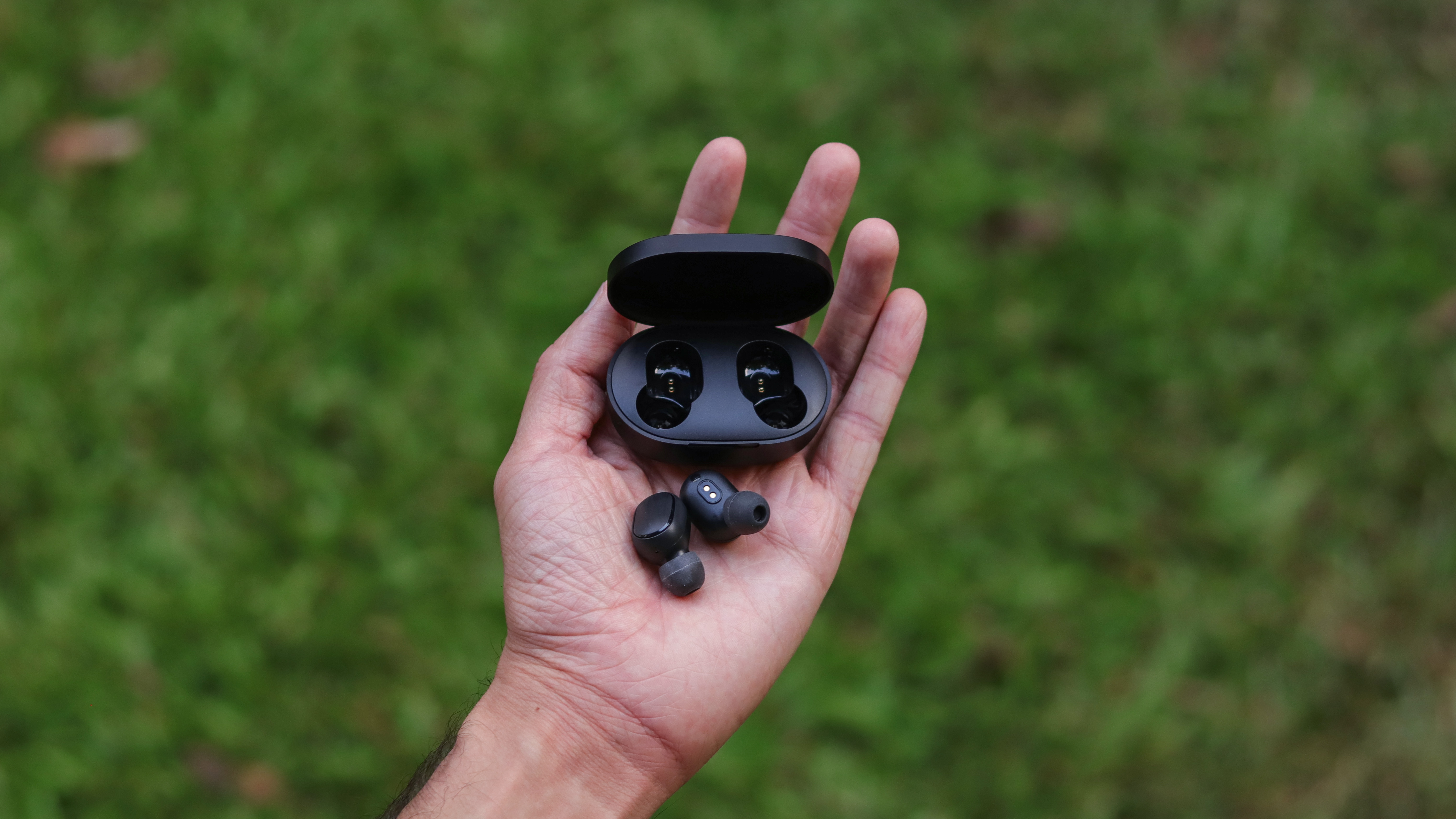A new Nokia smart TV will be announced in India on June 4, as a part of Flipkart’s ‘Make in India’ initiative.
Last year, Flipkart acquired to rights to use the Nokia brand name for its upcoming series of smart TVs in India. The first fruit of this partnership came in the form of the 55-inch Nokia Smart TV that was unveiled in December. It is now doing good on the promise of offering more TVs by announcing a smaller variant of the same TV.

The new Nokia smart TV is expected to be more affordable, by moving to a smaller 43-inch panel. It will retain the 4K UHD resolution, with support for Dolby Vision HDR and a wide colour gamut. It will sport an LED panel. On the audio front, it will have Sound by JBL, along with Dolby Audio and DTS TruSurround for a three-dimensional 5.1 channel surround sound experience.
The teaser images also suggest a design very similar to the first one, with very slim bezels on the side and a classy chrome stand for table mounting. It will run on the latest Android TV 9.0 operating system to bring access to the Google Play store, with more than 5,000 apps and games along with OTT platforms. Other expected features include built-in Google Assistant as well as Chromecast Ultra for 4K content streaming. The older model did support Netflix, Amazon Prime Video, Disney Plus Hotstar and YouTube out of the box, so we expect those to be present as well.
The Smart TV market in India has been booming recently, with multiple new players joining the fray. This competition has also brought down the prices of offerings, with high-end features such as a smart operating system, 4K resolution, HDR, Dolby Audio no longer being reserved for expensive televisions.
Considering that the 55-inch Nokia TV was priced at Rs 41,999, we expect the upcoming 43-inch variant to be priced at around the Rs 35,000 mark.
- Nokia enters the Smart TV market of India in partnership with Flipkart
- Realme Smart TV makes its global debut in India
- Best 55-inch 4K TVs under Rs 50,000 in India





